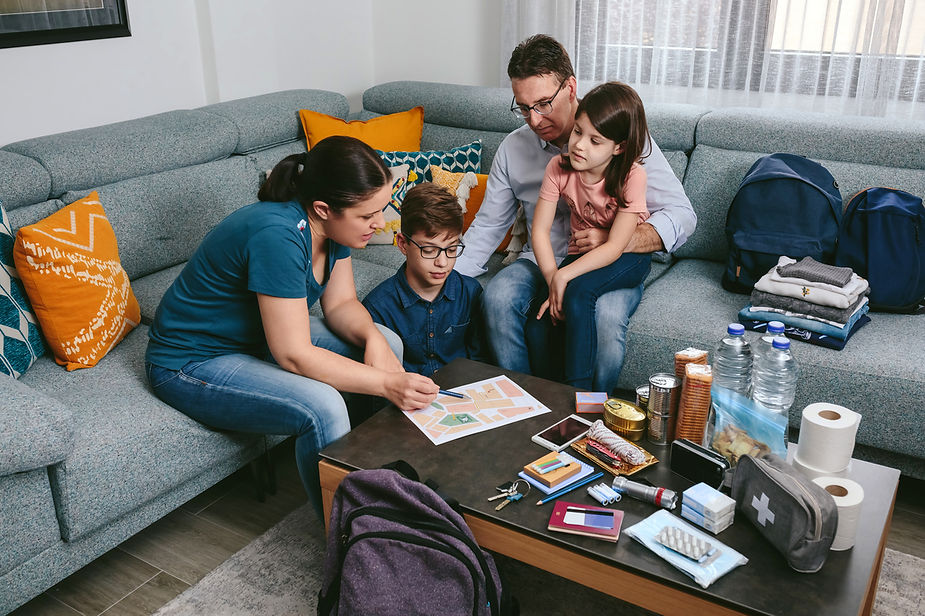Parenting & Childcare Blog
6 Must-Have Safety Conversations
Safety is of utmost importance for every family, and it becomes even more crucial in foster care settings. Foster families have the unique responsibility of providing a safe and nurturing environment for children who are separated from their biological families and may have faced traumatic challenges in their lives.
Here are 6 safety conversations you should have with children in your care to create a sense of security for the entire family.
1. Defining an Emergency Situation
Safety conversations first start with defining what an emergency is. Emergency situations can include fires, strangers at the door, or instances when someone in the house is hurt and needs medical attention. By identifying these situations, families have the assurance of knowing everyone in the house is on the same page. It’s important to keep in mind that children in care usually come from tumultuous backgrounds, so what may be an obvious “emergency” to you may not be unusual to them.

2. Creating a Family Emergency Plan & Practicing It Regularly
It’s important to come up with an emergency plan and practice this together. A family emergency plan is an essential component of ensuring safety for everyone in the household.
This plan should involve:
- Designating meeting places outside the home in case of emergency, such as a neighbor’s house or a nearby landmark.
- Discussing and practicing escape routes in case of a fire or other emergencies that may require evacuation.
- Setting up practice drills every few months to help everyone remember the plan and maintain familiarity with the procedures.
3. Creating a List of Important Phone Numbers
Having a list of important phone numbers readily available for children is crucial in case of emergencies. This list of phone numbers should be visible and stationed near a phone or stored inside your child’s phone if they have one. Be sure you explain the importance of these numbers, how to dial these numbers, what kind of situations would require dialing these numbers, and show your children where they can access these numbers if/when they are needed.
The list should include:
- Police station
- Fire station
- Foster parents’ numbers
- Siblings’ numbers
- Neighbors or friends who can provide assistance
- Other relevant contacts you find necessary
4. Discussing the Importance of Internet Safety and Setting Boundaries
In today’s digital age, internet safety is a serious concern for families across the globe. It is important that you establish clear guidelines and boundaries for internet use to ensure a secure online experience for children.

Some key aspects to consider include:
- Limiting screen time and blocking certain websites or apps that may be inappropriate or unsafe.
- Discussing the dangers of sharing personal information online and how to recognize online predators.
- Setting up parental controls on house computers, personal phones, and other devices to ensure safe browsing.

5. Explaining the Importance of Staying Safe While Traveling or Outside the Home
It is important that children in care understand how to stay safe when they are not at home or in the presence of their caretakers. It’s likely this has not been taught to them in the past.
It is important that you discuss:
- What to do if a child gets lost in a public place, such as finding a store employee or another trusted adult (give the child real examples of who they could go to for help, such as a hotel security guard or store clerk)
- Establishing guidelines for appropriate behavior in public, like staying close to an individual they know and trust and always avoiding conversations with strangers.
6. Teaching Children about Boundaries and How to Recognize and Respond to Inappropriate Behavior
While this topic can be challenging, it is absolutely crucial to teach children in care about personal boundaries and how to recognize and respond to inappropriate behavior.

Foster Families should address this topic in several ways:
- Identify what appropriate and inappropriate behavior is from both familiar adults and strangers
- Teach your child in care that it is okay to say “no” when someone treats them disrespectfully or inappropriately.
- Have age-appropriate conversations about personal space, privacy, and consent
- Help your children in care identify trusted adults in their lives, such as teachers, counselors, or family friends, so they are confident they have a support network.
- Explain to your child in care that feeling unsafe and removing themselves from a situation (which may include running away) is perfectly acceptable.
Ensuring the safety and well-being of children in foster care is a top priority. By creating a family emergency plan, teaching internet safety, and discussing appropriate behavior and boundaries, foster families can provide a secure environment where children can grow and thrive. Remember, open communication and ongoing practice are vital to fostering a sense of security and preparing everyone for unexpected situations.



